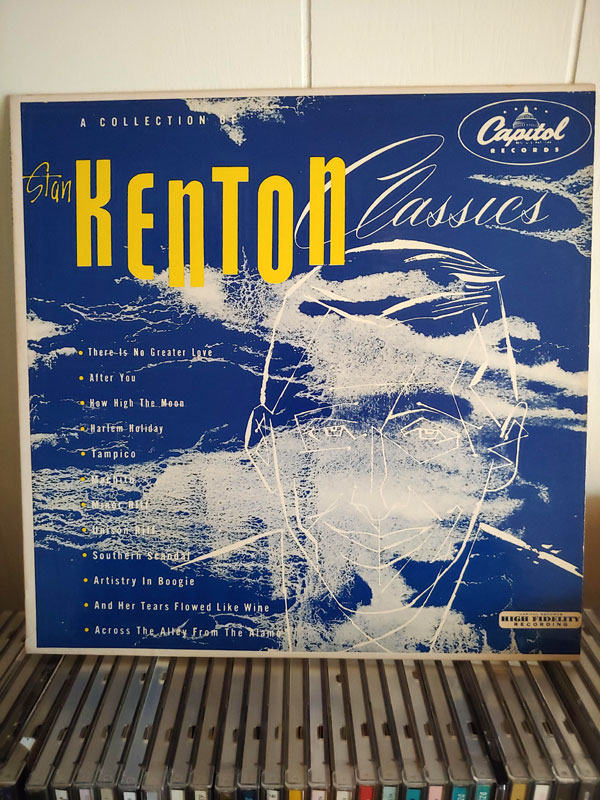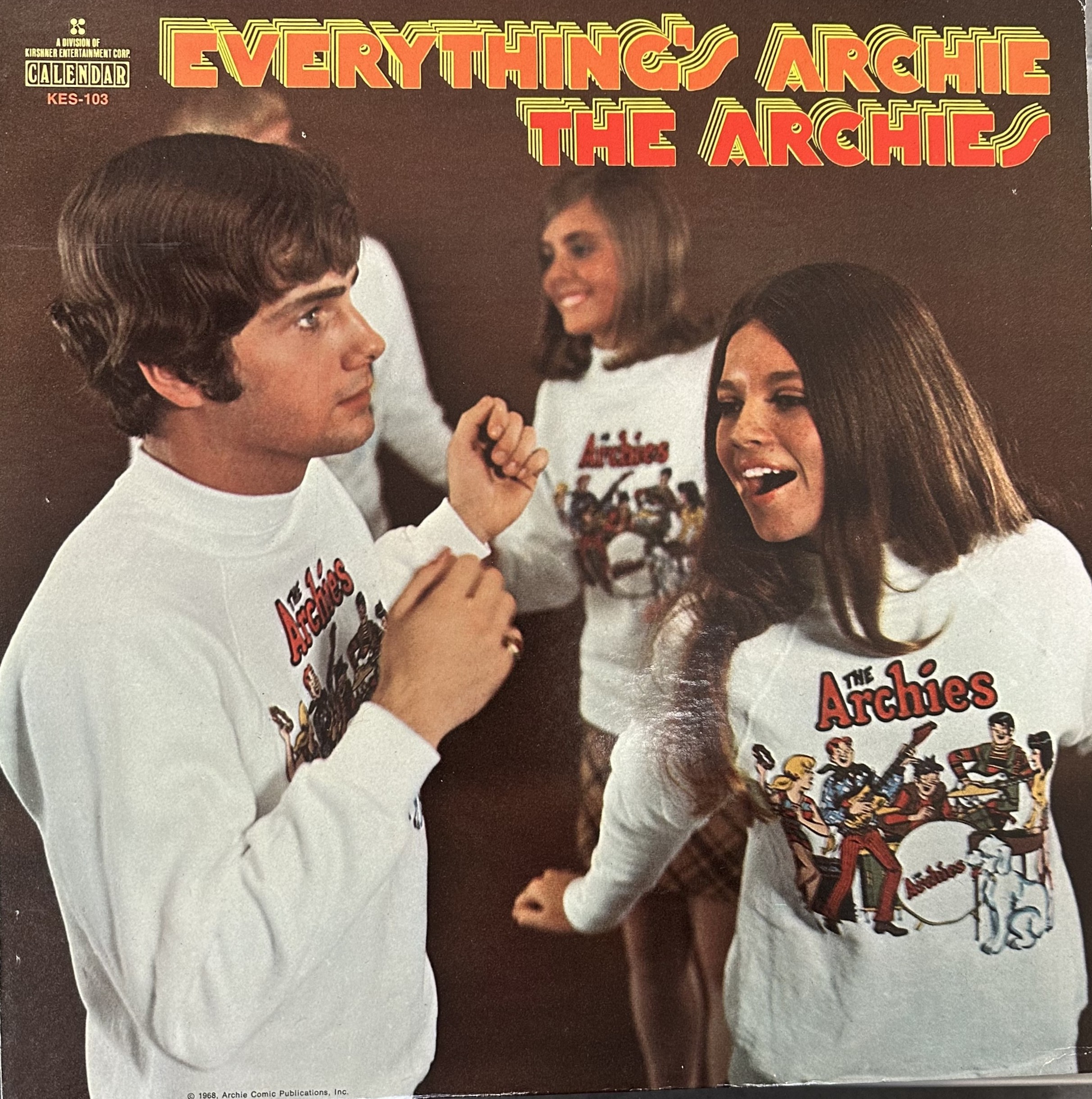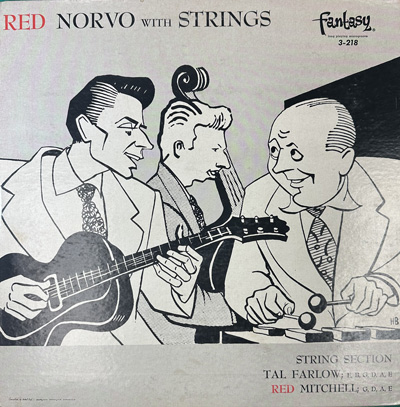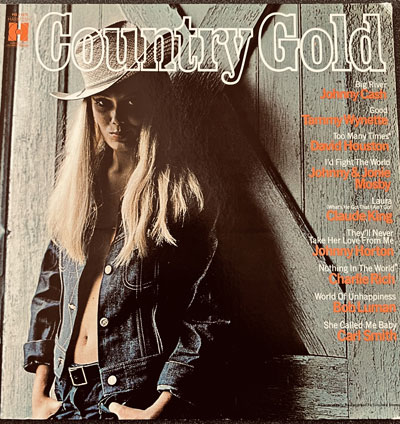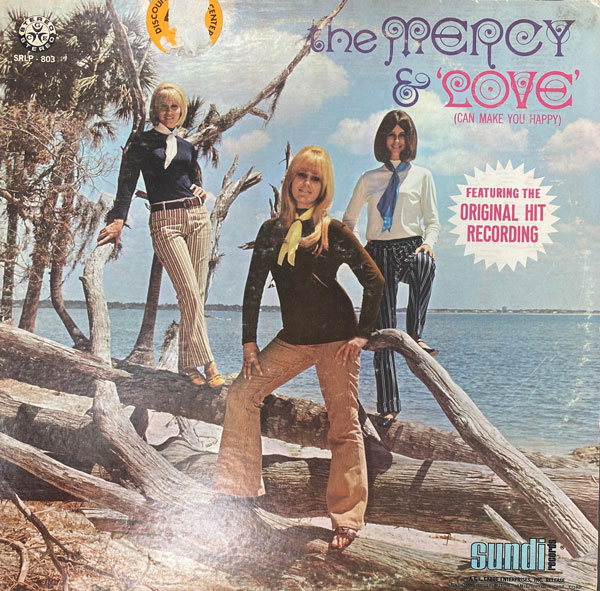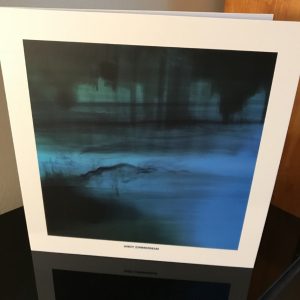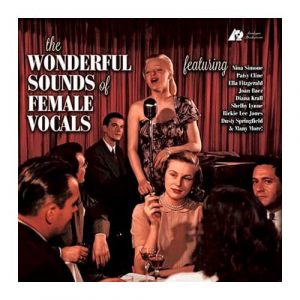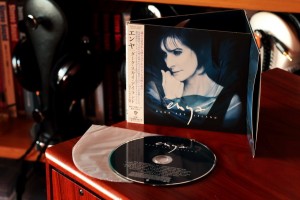When I was twenty two I came to the conclusion that I actually like jazz, but I had a problem with jazz. The problem was I had yet to hear any jazz that stirred me enough that I'd want to purchase it. Rock and roll is all about hooks and when it's good you feel it in your soul, but I couldn't absorb jazz with the same ease as rock and roll. I sampled the basic three, Miles, Monk, and Coltrane, on the radio, and while I liked aspects of their creations, their music wasn't doing what Tchaikovsky and The Beatles did for me. Their jazz was not my jazz. My jazz finally found me when a late-night jazz jock played the opening cut from Howard Rumsey's Music For Lighthouse Keeping (Stereo Records S7008 & OJC CD 636-2). From that point on I found what I knew was out there, but couldn't define. It was called West Coast Jazz. "West Coast Jazz" in reality is the designation applied to 50s and 60s jazz from Los Angeles, and one of the pioneers of what would become West Coast Jazz is famed bandleader and pianist Stanley Newcomb Kenton from Kansas. Although Kenton's brand of ultra loud not-quite-swinging swing music isn't for everybody, myself usually included, he had a knack for picking great musicians, many of whom became stars that we know and love. A partial list of musicians who got their start with Kenton includes Art Pepper, June Christy, Anita O'Day, Shelly Manne, Laurendo Almeda Mel Lewis, Chris Connor, Marty Paich, and Bud Shank.
I find Stan Kenton's popularity a bit confusing. The hype surrounding Kenton was once so powerful that he simply had to be great, and, yet, when I finally heard him I wondered what all the fuss was about. Used copies of his LPs were once as common as Christmas albums in the thrift shops, and when you found a few Kenton LPs at your local Goodwill, you found a huge stack of Kenton LPs, and they were always in perfect condition. Apparently, Kenton fans had no trouble buying his LPs, but they obviously didn't like them. As a vinyl collector, every now and then you just have to try the things that fall in your path, so, naturally, I tried a few Kenton LPs. The vast majority of them sounded awful and the music wasn't much better. I did, however, discover that compilation LP compilations of his 40s material can be engaging, and a big surprise is that they sound much better than his 50s and 60s material. I own three of these compilations and I'm pretty sure that I haven't discovered all the Kenton music that I would enjoy, but I'm content with what I own.
I decided to review the best Stan Kenton compilation LP I've ever heard, and it's one that I never saw at a Goodwill or a Salvation Army store. It's called Kenton Classics (Capitol T358). This LP was originally released as a 10" LP in 1952 with eight cuts, and it was reissued in 1956 as a 12" LP with four additional cuts. The 12" version is what I own. The album opens with the hit "Tampico." It was recorded in Chicago in 1945 and it's also the debut of the great jazz singer June Christy. "Tampico" is wonderful, but it's not jazz. It's a, if not the, pioneering example of a phenomenon known as post-swing-big-band-dance-music, or, perhaps, better said, it's sock hop schlock with horns. However, it'll grab the attention of even the most hard-nosed jazz snob. In two minutes and 39 seconds Stan Kenton outdid Les Brown at his own dance band game. The second cut on side one is the flip-side of Tampico, and it was recorded on the same day. It's a slightly jazzier tune called "Southern Scandal," and it features, along with some really loud horns, Kenton's piano. It is simplicity that simply works, and Kenton's magnificent piano tone is icing on the cake.
Side one cut six is "Harlem Holiday," and it rocks! It was recorded in December 1947, and it features future jazz legends Art Pepper, Shelly Manne, and Bob Cooper. If you don't think a 1947 recording has something for audiophiles, think again. Although the sound isn't for selling stereo gear, Jack Costanzo's bongos are jumping out of my speakers, and they sound just like I'm playing them myself. Side two opens with an explosion of musical color. The cut is called "And Her Tears Flowed Like Wine." This cut is amazing because it's so much fun, and jazz legend singer Anita O'Day never sounded better. The sound belies its 1944 recording date, and it's the best sounding cut on the record. It's not jazz, but it's played by jazz musicians who are on fire. The band also sings the chorus, while the spunky O'Day sings the verses. The handclaps and the bass solidity will thrill the audiophile in you, while the music will make your body move. Side two cut five is "There is No Greater Love." It's a 1947 vocal track by the singing group The Pastels backed by Kenton's band. Little is known about The Pastels, other than the fact that they toured with Kenton in 1947, and singer Dave Lambert of Lambert Hendricks & Ross fame was in the group. It's music of my parents' generation, and it's a charming, albeit dated, listen. Side two closes with an aggressive but fun performance of "How High The Moon." Noteworthy is June Christy's attempt at scat singing. June Christy had yet to become The Misty Miss Christy, but her youthful enthusiasm will keep you from lifting the tonearm. All in all, this may not be an album to play all the way through, but for a Stan Kenton album it's extraordinarily good. And, as I pointed out, the 1940s sound is far better than you'd expect. The sound on this LP could and should be an example to all mastering engineers saddled with the responsibility of reissuing pre-tape recordings.
The night that I found this LP was memorable. I was on my way to see local bluegrass legend fiddler Phil Salazar in Ventura, California. While walking down Ventura's main street, I stopped at an antique store to check out their back room that's filled with LPs. I hate the beat-up junk that antique stores think are good records, but I had some time to kill. This LP was sitting in a pile of vinyl excrement and they wanted a whopping $10 for it. I had never seen it before and it was in pristine condition, so I had to buy it.




